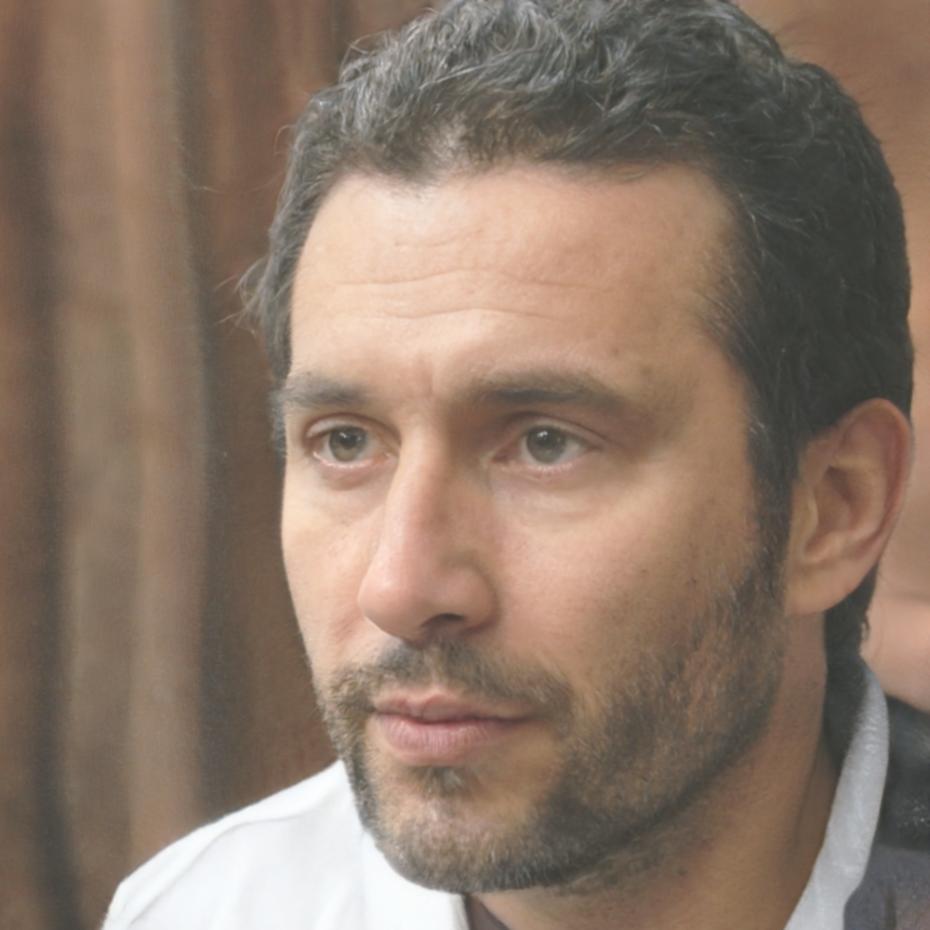How We Started
Back in 2019, our founder was working on
his PhD research about pattern recognition
in financial data. What began as an
academic exercise turned into something
practical when a local brokerage firm
asked if the algorithms could work with
live market feeds.
Turns out they could. And that's how
onlogicwave began—not with a grand vision,
but with a working prototype and one
curious client.
What We Actually Do
We build machine learning systems that
process high-frequency trading data.
Specifically, we train neural networks to
identify patterns in price movements,
order flow, and market microstructure that
might indicate short-term directional
bias.
Our systems don't predict the future—they
calculate probabilities based on
historical patterns and current market
conditions. Then they present those
probabilities to traders who make the
final decisions.
- Real-time market data processing and
feature extraction
- Custom neural network architectures
for time-series analysis
- Backtesting frameworks with realistic
execution assumptions
- Risk management tools that adapt to
changing volatility
Who We Work With
Our typical clients are prop trading desks
and institutional traders who already have
technical infrastructure but need better
analytical tools. They understand markets
and they understand statistics—they just
need algorithms that can process more data
faster than humans can.
Most of our work involves customizing our
base models to fit specific trading
strategies and market conditions. Every
trading desk has different preferences for
risk, time horizons, and asset classes.
Technical Focus
We work primarily with Python for research
and C++ for production systems. Our models
use a mix of traditional time-series
techniques (ARIMA, GARCH) and modern deep
learning approaches (LSTMs, transformers,
attention mechanisms).
Training happens on GPU clusters, but
inference needs to run on standard trading
infrastructure with millisecond latency
requirements. That constraint shapes every
architectural decision we make.




